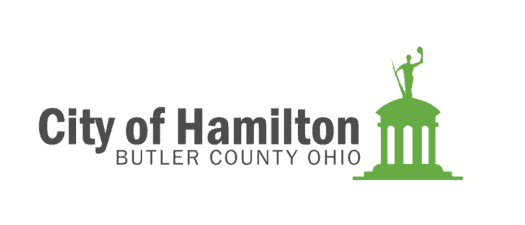Clean Currents 2023
Meet Our Host Utilities
When Clean Currents 2023 takes off in October, three power-packed hosts will welcome our attendees:
Quick link to:

Duke Energy began its operations in the Carolinas as a hydroelectric company. Harnessing the water power of the Catawba River, the company’s first power plant provided electricity to the area’s emerging textile industry, and later, the region’s growing appetite for the convenience that electricity could provide. Today, we’re the second largest investor-owned hydroelectric operator in the U.S.
In addition to ensuring a reliable supply of electricity for our customers, the lakes created by our hydroelectric facilities provide communities with recreational opportunities, such as boating, fishing and swimming. The lakes also sustain wildlife habitats and offer water sources for everyday use to local communities, including drinking water.

AMP has developed multiple hydroelectric projects on the Ohio River, representing one of the largest deployments of clean, renewable, run-of-the-river hydroelectric generation in the region.
AMP’s hydroelectric projects include facilities connected to the Bellville, Cannelton, Meldahl, Smithland and Willow Island U.S. Army Corps of Engineers locks and dams on the Ohio River. Combined, these facilities have a rated capacity of 355 megawatts (MW). The Meldahl facility (105 MW) is the largest hydroelectric power plant on the Ohio River.
In connection with the development of the Meldahl plant, AMP owns 48.6 percent of the Greenup Hydroelectric Plant (70.2 MW) located near Portsmouth. The remaining 51.4 percent ownership interest is retained by Hamilton, Ohio.
All six of the AMP-associated hydroelectric facilities offer public recreational space for picnics, fishing, and boating.
Additionally, eight AMP member communities operate locally owned hydroelectric facilities. These include the cities of Columbus, Bryan and Hamilton in Ohio; Bedford, Danville and Martinsville in Virginia; Marshall in Michigan; and New Martinsville in West Virginia.
These facilities have a combined capacity of more than 132 MW.
Additionally, eight AMP member communities operate locally owned hydroelectric facilities. These include the cities of Columbus, Bryan and Hamilton in Ohio; Bedford, Danville and Martinsville in Virginia; Marshall in Michigan; and New Martinsville in West Virginia.
These facilities have a combined capacity of more than 132 MW.

The City of Hamilton’s Utility Operations Department is comprised of eight divisions: Administration, Electric Transmission & Distribution, Electric Metering, Electric Production, Greenup Hydroelectric Plant, Meldahl Hydroelectric Plant, Water Production, and Water Reclamation.
The Utility Operations Department is responsible for Hamilton’s fully integrated municipal electric system providing generation, transmission, and distribution services to Hamilton residential, commercial, and industrial customers; and for the operations and maintenance of the Wastewater Collection System, Wastewater Treatment Plant, Water Treatment Plant, and Water System. It invests in electric power produced from clean coal energy, advanced combined cycle natural gas generation, and four hydroelectric facilities. The department also provides hydroelectric power to 48 municipal electric systems in six states.

Quick Links
Share


